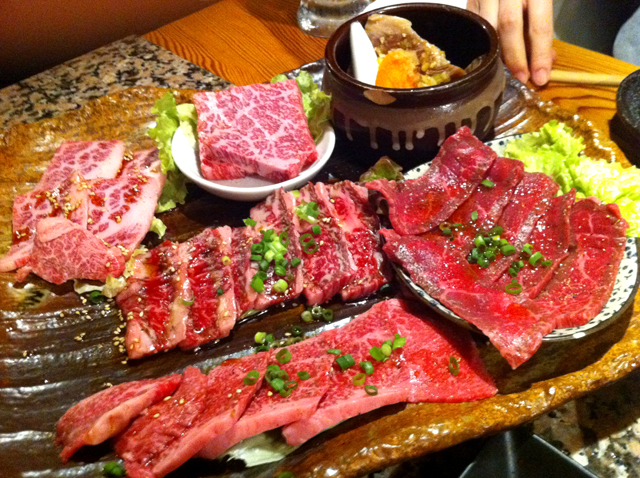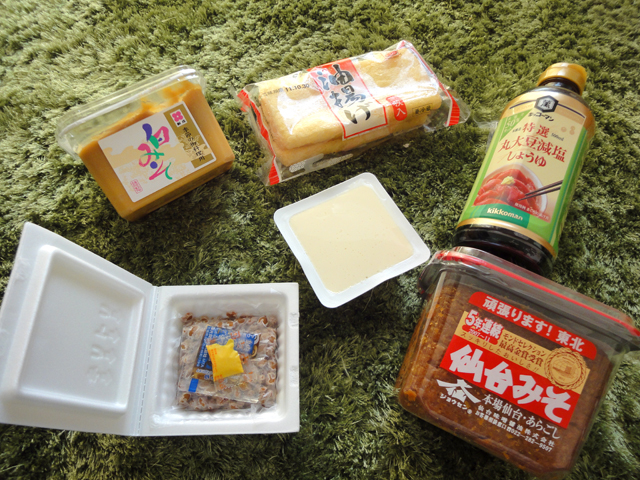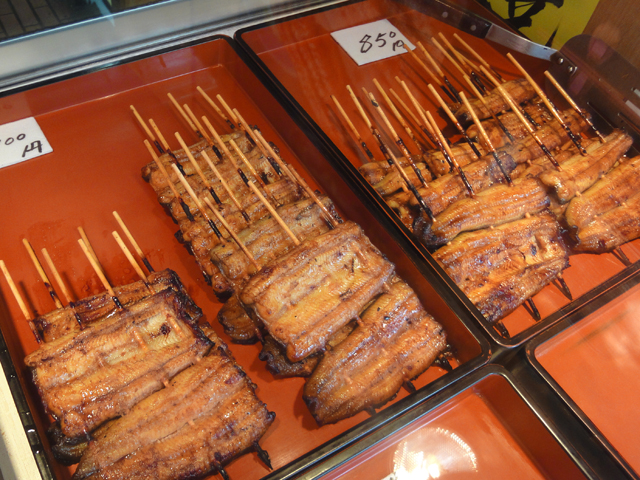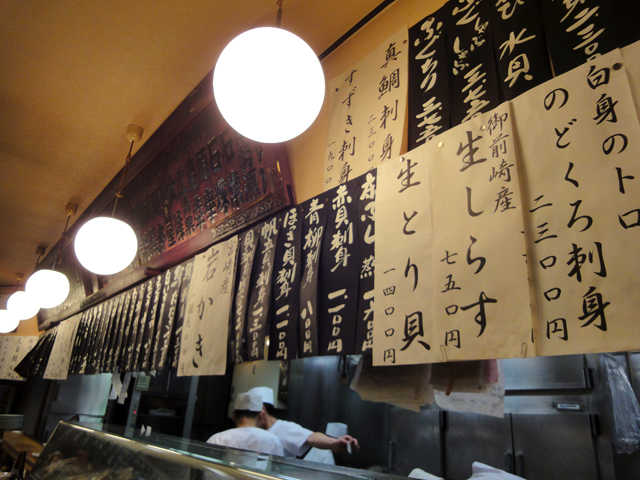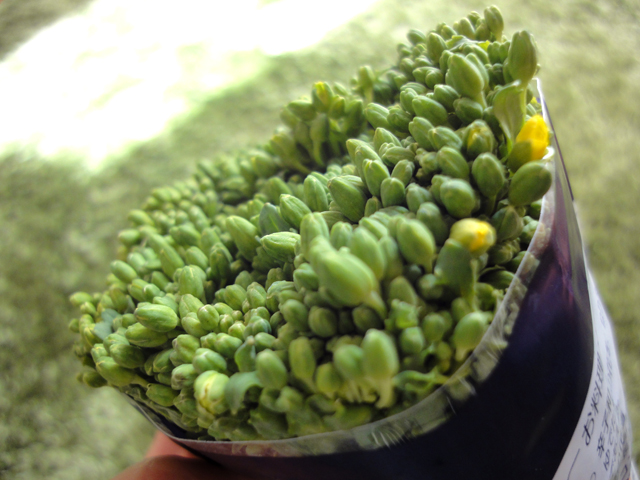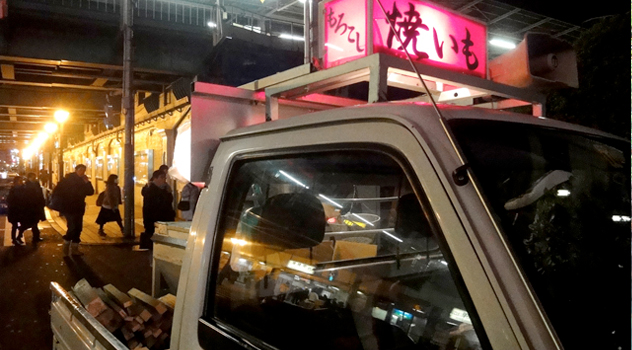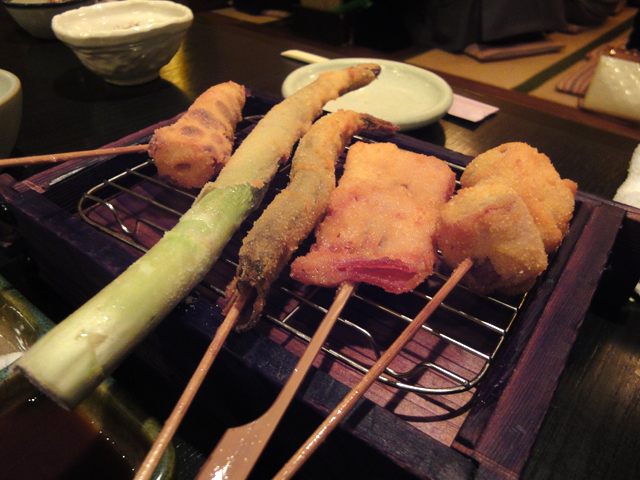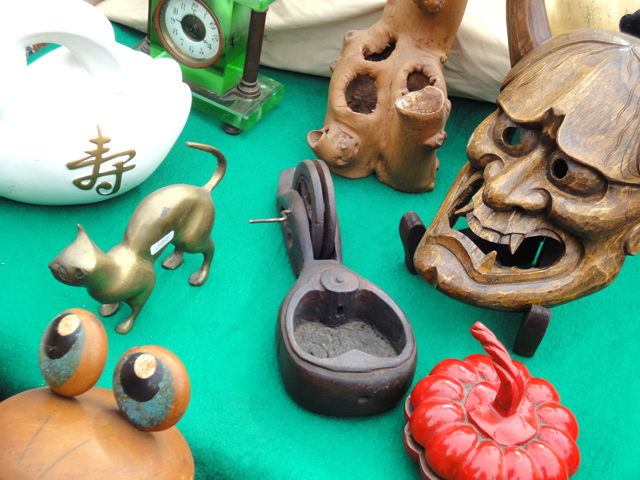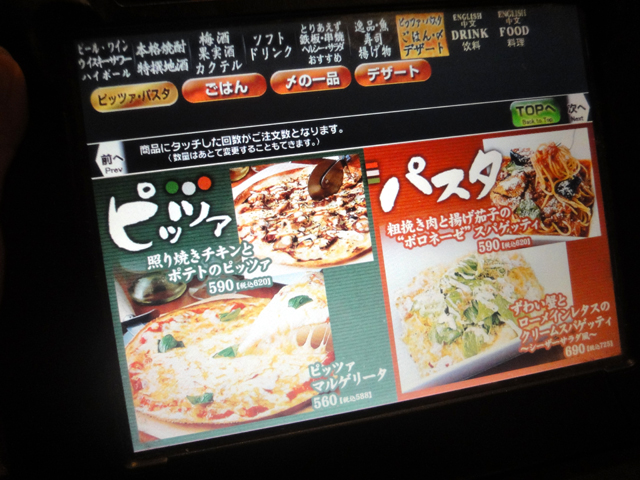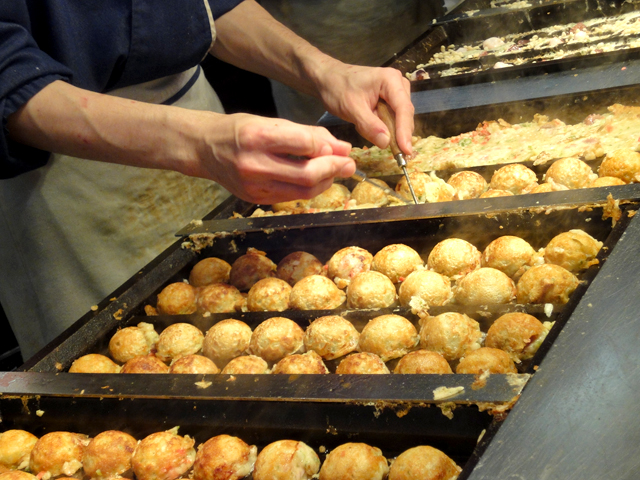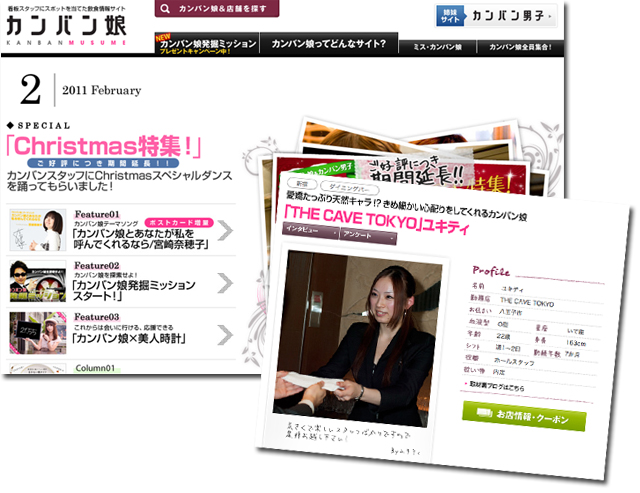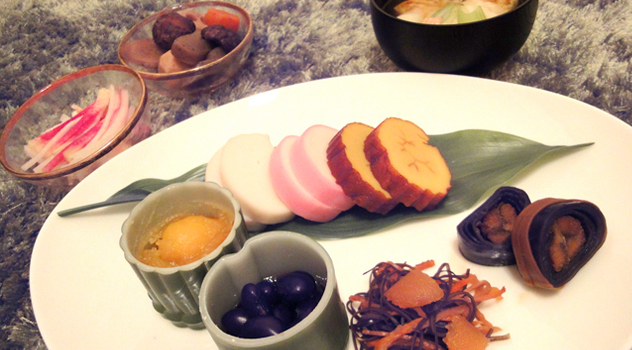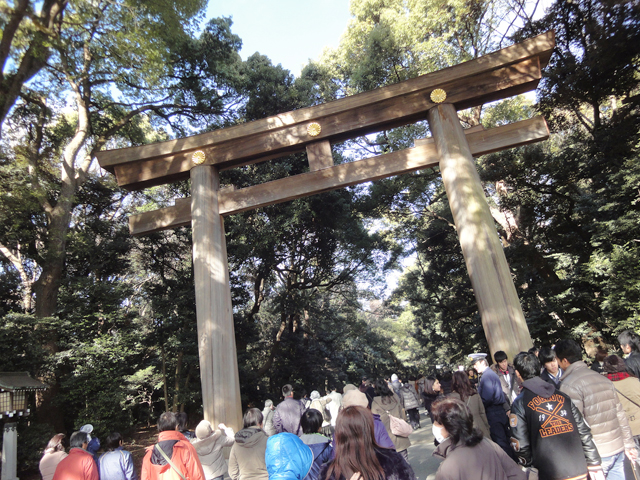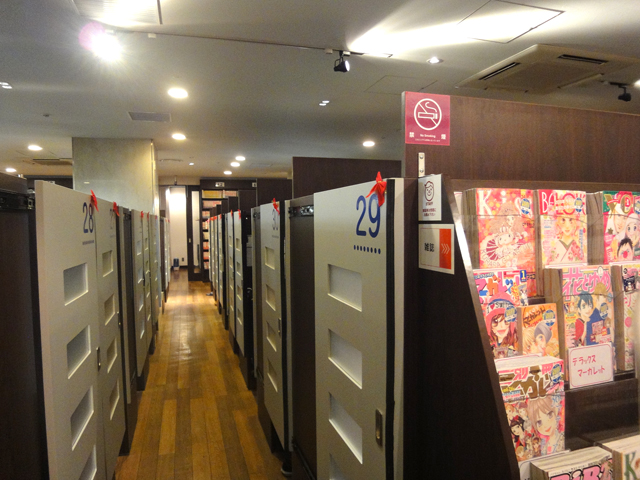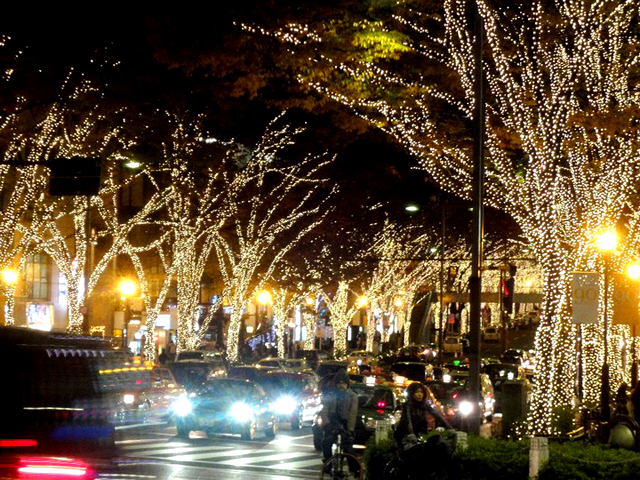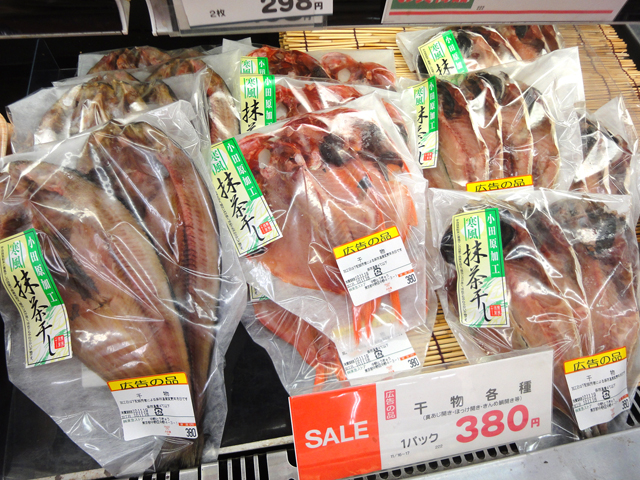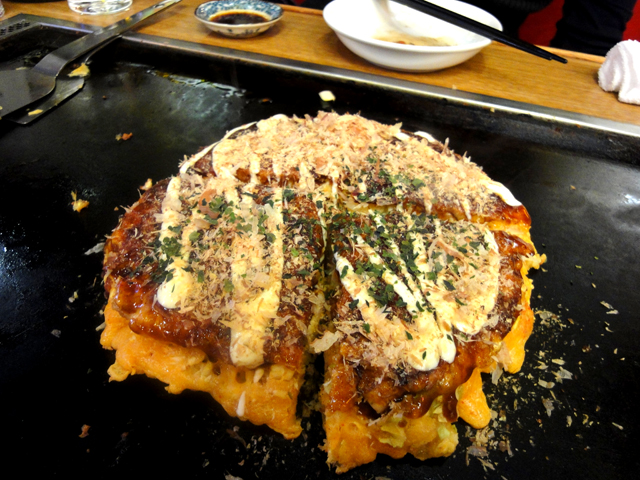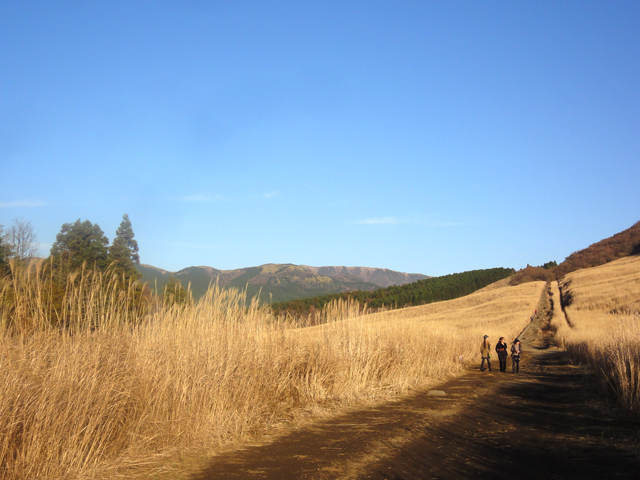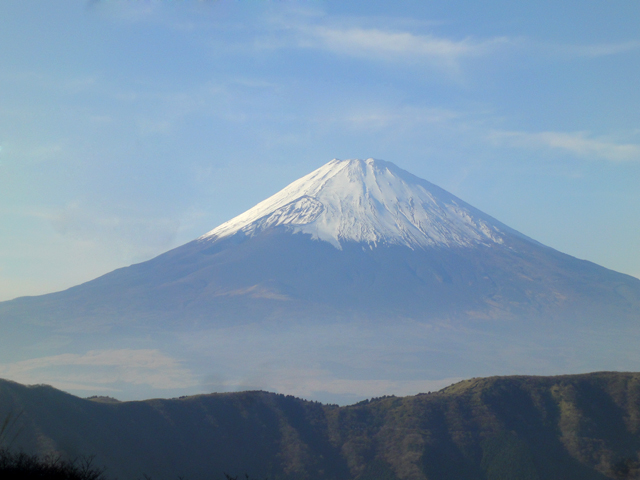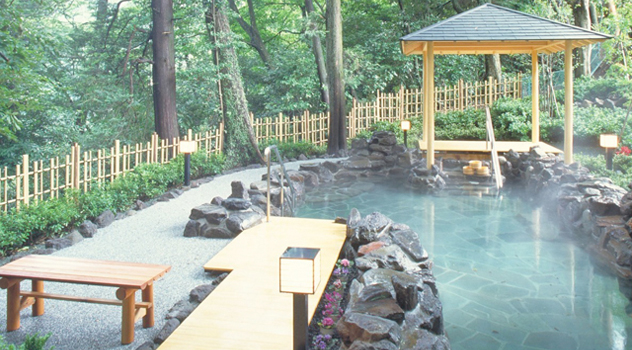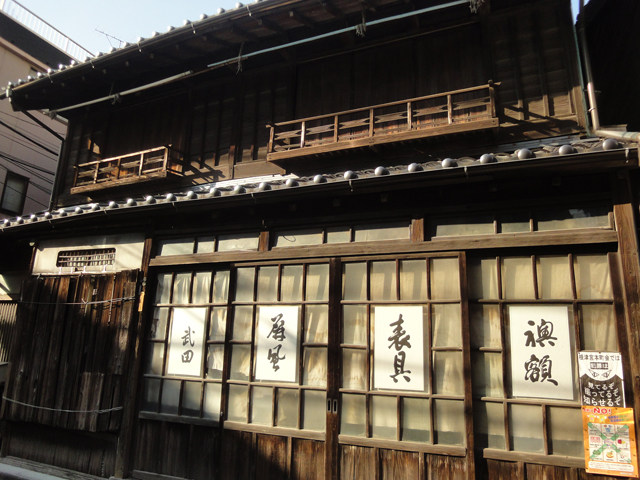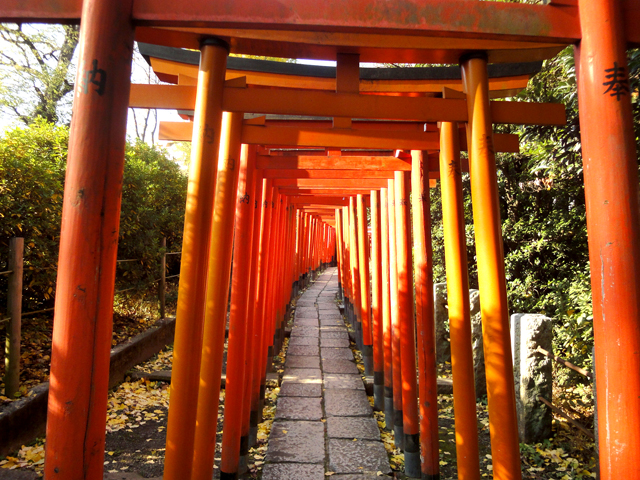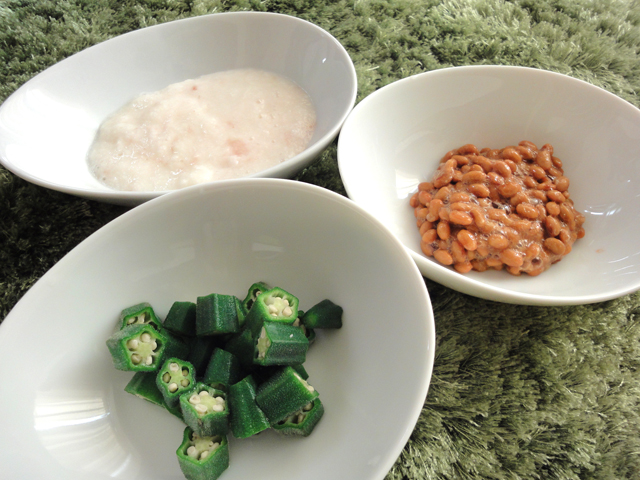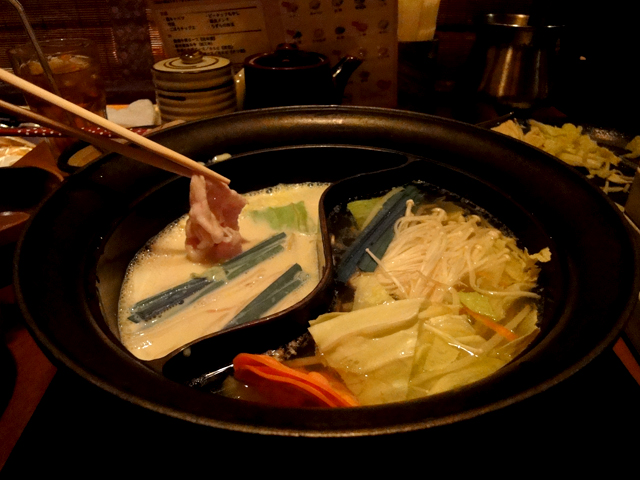Korea in Tokyo!
Shin-Okubo (しんおおくぼ, 新大久保) is a Korean town in Tokyo, located near Shinjuku. The nearest station is “shin-Okubo” station (Yamanote-line) or “Okubo” station (Sobu-line); both are just 1 station from Shinjuku. Or we can visit there on foot form Shinjuku station. We walk straight through Kabuki-cho, about 10 minutes walk. In this area, there are a […]
Japanese are made from…
What is a commonality in them? Yeah, they are Japanese food product, and then…. They are made from “soybeans”!! (1) Soy sauce: “しょうゆ, 醤油, Shoyu”. As you know, it’s a condiment produced by fermenting soybeans. (2) Miso: “みそ, 味噌” The precursor for soy sauce, is also a fermented Japanese […]
Useful? Useless? Japanese Products
Do you like Japanese products? They are produced by industriousness of Japanese and supported by our mass consumer society :) We always try to find more comfortable products and life. That’s why that many new products are always produced. Some of them are very useful, but some are very useless and unique. Today I’ll introduce […]
Ramen! Ramen! Ramen!
Autumn has come and we want to take warm foods. One of Japanese dishes is “Ramen” (ラーメン), noodle dishes that are the most popular among Japanese. Actually it’s not seasonal food, “ramen” lovers eat them in all seasons ;) Chinese-style wheat noodles with topping such as sliced pork called “Chashu”(チャーシュー), fish cakes called “Naruto”(Naruto), seaweed […]
Tokyo Fireworks 2011 and Senko hanabi
What is a fun in summer, in Japan? One is “Fireworks”! We call them “Hanabi” (はなび, 花火). They color the night sky beautifully. Fireworks displays and events are held at many places in Japan. This summer, some fireworks have been canceled or postponed in consideration of the hardship of the Tohoku Earthquake […]
Weird food in Japan? vol.1: Unagi
”Unagi” (うなぎ, 鰻) means freshwater eels in Japanese. Unagi is a common ingredient, served as part of “Unadon” (うなどん, 鰻丼), a donburi dish (Rice ball dish) with sliced eel grilled with soy sauce, mirin (sweet cooking rice wine), sugar and sake. Unagi is often eaten during the hot summers in Japan. There […]
A local “real Izakaya”!
Today I introduce a “Izakaya” in Nakano, 1 station from Shinjuku on JR Chuo Line. I really love and recommend this local Izakaya! Compared to chain cheap Izakayas, the price is a little higher and the customers are older, but this Izakaya offers very fresh seafood. Well, check foods pics out! […]
Rice bowl dish: Oyako-don
We have a lot of “Rice bowl dishes” in Japan, consisting of fish, meat, vestables or other ingredients simmered together and served over rice. We call them “Donburi” (どんぶり, 丼), and we called them “ingredients” + “Don” (“Don” is short for “Donbiri”). For example, Gyu-don (Beef bowl dish), Kaisen-don (Seafood bowl dish), Katsu-don […]
Taste Spring! vol.1: Nanohana
Spring is coming soon in Tokyo. We are looking forward to Cherry and other many blossoms :) “Field mustard” called “Nanohana” (なのはな, 菜の花) is one of major spring flowers in Japan. We rarely see “Field mustard” fields in the city, but we can enjoy beautiful yellow fields in the suburbs. And we, Japanese […]
Yakiimo (grilled sweet potato) truck!
“Yakiimo” (やきいも, 焼き芋) is a Japanese grilled sweet potato. “Yakiimo” are a popular winter snack in Japan. The potatos are cooked over an open flame or on stones heated by fire. They are often sold from a “Yakiimo truck”, which drives around cities playing music and a Japanese lantern written “Yakiimo” to get […]
Kushi-age: Japanese deep-fried kebab
“Kushi-age” (くしあげ, 串揚げ) is Japanese deep-fried Kebab. In Japanese, “Kushi” (くし, 串) means skewers (mainly made of bamboo) and “Age” (あげ, 揚げ) means “deep-fried”. It’s also called “Kushi-kastu” in the “Kansai” region around Osaka. “Kushi-age” can be made with chicken, pork, seafood, and seasonal vegetables. These are skewered on bamboo kushi; dipped in egg, […]
Setagaya Boro-ichi: the oldest flea market in Tokyo
“Setagaya Boro-ichi” (せたがやぼろいち) takes place in Setagaya on 15th, 16th December and 15th, 16th January every year. This market has taken place since 16th century and the oldest flea market in Tokyo. This area “Setagaya” was one of thriving area as a post station of a road between Kamakura and Edo (Tokyo). People […]
Order touch panel @ Izakaya
There are many Izakaya Chains in Tokyo. (Izakaya is a type of Japanese drinking establishment which also serves food to accompany the drinks) And Some chains has touch panels for guests to order food and drinks. Furthermore, some touch panels has multiple languages! Using “Order touch panels” is for […]
Japan Restaurant Guide on the web
When we Japanese have a party at restaurants, we sometimes use sites for searching a good place. These sites are called “gourmet sites” (グルメサイト, ぐるめさいと) in Japan. “Guru-navi” (ぐるなび), short for “gourmet navigation” is a site, we can search good restaurant by locations, food, price. And each restaurant has useful coupons (ex one free beer, […]
Osechi: traditional new-year dishes in Japan
Most Japanese people enjoy special new-year dishes called “Osechi” during the first three days of January. “Osechi” includes a lot of food that can be kept for a long time. This means people can also relax a little during the holiday. Although there are some regional differences in the contents of osechi, most of […]
New year Sale & lucky bags in Japan!
If you are a shopping lover, don’t miss “New year sale” in japan. Almost of all department stores and shopping malls start it from 2nd or 3rd of the the new year. Sale 20-50% off! Great chance for shopping!! But if you hate “crowded”, I recommend not to go to sales on […]
Hatsumode; New Year’s visit to a shrine
Happy New Year! Hope this year is going to be a great year for you! In Japan, we have a custom called “Hatsumode” (はつもうで, 初詣). “Hatsumode” means New Year’s visits to shrines (recently visiting temples also is ok) and many people visit shrines to pray for happiness and a healthy year. Meiji Shrine in Tokyo, […]
Manga cafe
“Manga cafe” is a kind of cafe in Japan, a comic cafe. it’s called “Manga-kissa” (マンガきっさ, マンガ喫茶 ) or “Man kitsu” (マンきつ, 漫喫), short for Kissaten witch mean cafe. Customers can read as many comics as they like. Customers pay for the time they stay in the cafe. Most manga cafe also provide […]
Illuminated Tokyo City
Streets in Tokyo are illuminated now, during Christmas and new year. At Tokyo International Forum in Yurakucho station, A Christmas market is being held to 25th Dec. www.t-i-forum.co.jp/noel/ (Japanese) We can enjoy food, beer, Christmas decorations from Strasbourg, France and see a very beautiful tree :) At […]
Himono: Dried fish
As you know, we Japanese often eat fishes. Sushi, sashimi, broiled fish…. “dried fish” called “Himono” (干物, ひもの) as well. Drying fish is an old way to preserve it for later use. But Japanese are still enjoying textures and taste of “Himono”, different from broiled fish. You can see a lot type of […]
Toilet in Japan
Where is a toilet? To-i-re ha doko desuka? トイレはどこですか? If it’s your lunch time, please read this later :) There are 2 types of toilet in Japan. One is a simple squat toilet called “washiki”, means “Japanese style”. you can still find it sometimes. And the other type is modern Western-type one, now […]
Okonomiyaki: Japanese pancake
“Okonomiyaki” (おこのみやき, お好み焼き) is a Japanese pancake containing a variety of ingredients (meat, seafood etc). The name is derived from the word “okonomi”, meaning “what you like” or “what you want”, and “yaki” meaning “grilled” or “cooked”. “Okonomiyaki” is mainly associated with the western regions, but nowadays we can eat it throughout Japan. […]
Day trip from Tokyo: Hakone vol.3
The last station of the ropeway is “Togendai”, by Lake Ashi. Lake Ashi (Ashinoko in Japanese, “あしのこ, 芦ノ湖”) was formed in the caldera of Mount Hakone after the volcano’s last eruption 3000 years ago. Today, the lake with Mount Fuji in the background is the symbol of Hakone. The best views of the […]
Day trip from Tokyo: Hakone vol.2
This hell vally is called “Owakudani” (おおわくだに, 大涌谷). “Owakudani” is the area around a crater created during the last eruption of Mount Hakone some 3000 years ago. Today, much of the area is an active volcanic zone where sulfurous fumes, hot springs and hot rivers can be experienced. Once known as “Oojigoku” (hell), […]
Day trip from Tokyo: Hakone vol.1
“Hakone” is part of the Fuji-Hakone-Izu National Park, less than 100 kilometers from Tokyo. Famous for hot springs (“onsen”(温泉, おんせん)), natural beauty and the view of nearby Mt. Fuji, Hakone is one of the most popular destinations among Japanese and international tourists looking for a break from Tokyo. It’s just 1.5 hours […]
Yanesen area vol.2: Old and New
Yanaka (やなか, 谷中), Nezu (ねず, 根津), Sendagi (せんだぎ, 千駄木) area, called “Yanesen (やねせん, 谷根千)” is very good at walking around. (Check “Yanesen area vol.1″ as well :) This area didn’t have a large city development, therefore we still can see old houses & stores in this area. Shops at Yanaka ginza […]
Yanesen area vol.1: Nezu shrine
Yanaka (やなか, 谷中), Nezu (ねず, 根津), Sendagi (せんだぎ, 千駄木) area, called “Yanesen (やねせん, 谷根千)” is very good at walking around. “Yanesen” is a coined acronym consisting of the initial “Kanji” of this 3 areas’ names. The area still has historical townscape and 60 temple/shrines. “Nezu shrine” (根津神社) built in 1706, is one of 10 […]
Welcome to “sticky food” world!
Today, I introduce some of “sticky foods” in Japan. Entry No.1 “Okra” (おくら) “Okra” is a vegetable, it might be known as lady’s fingers or gumbo in your country. We basically eat “Okra” with Bonito flake and soy source after boiling. The inside is a little bit sticky, isn’t it? It’s […]
All-you-can-eat “shabushabu”
I’m starving! = Onaka pekopeko (おなか ぺこぺこ) I’m stuffed! = Onaka ippai (おなか いっぱい) * “Onaka” means “stomach”. “Shabushabu” (しゃぶしゃぶ) is a Japanese dish of thin slices of raw meat (usually paper-thin slices of beef or pork) and raw vegetables cooked at table in a simmering pot of broth. The freshly cooked ingredients […]
